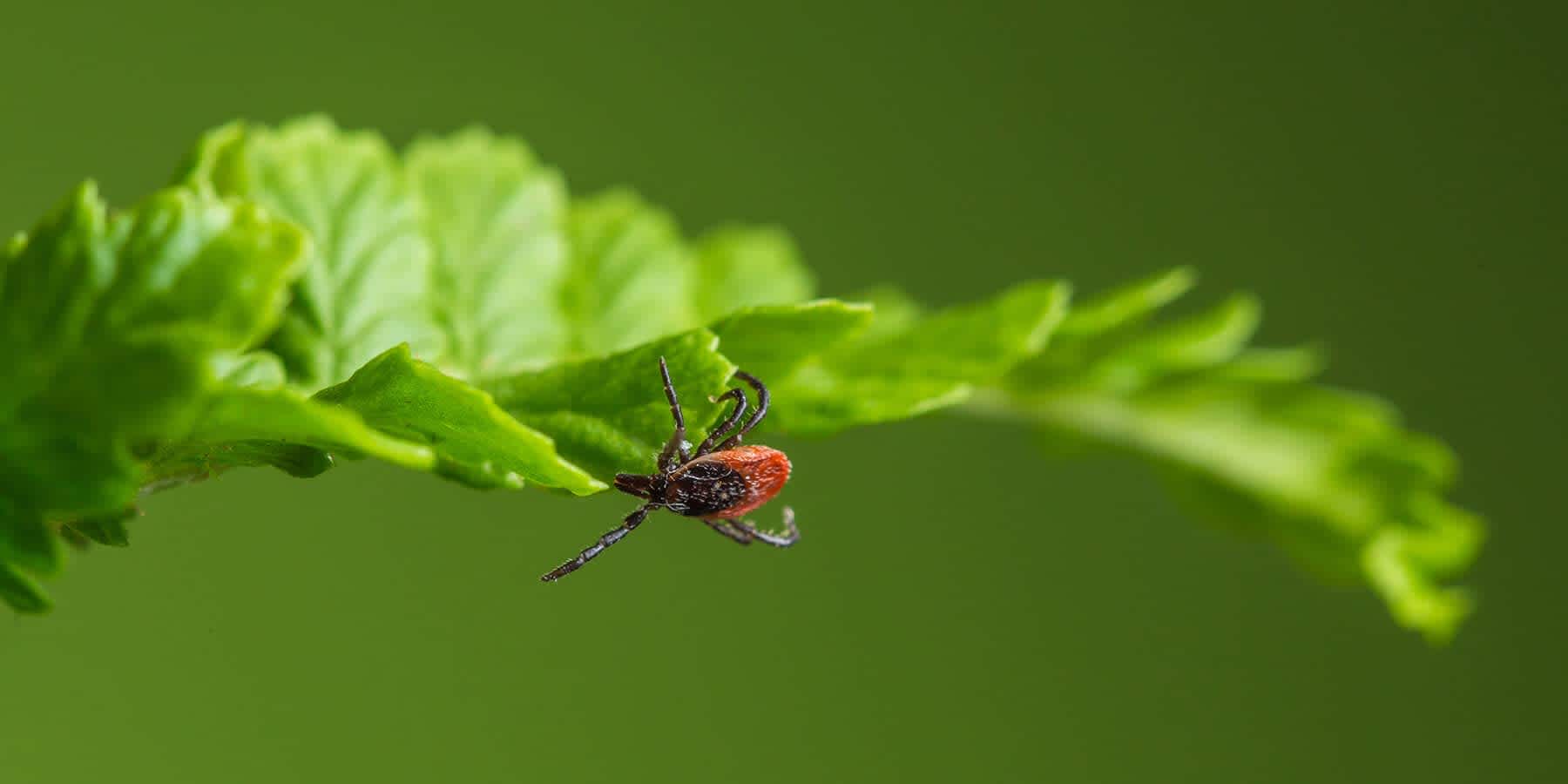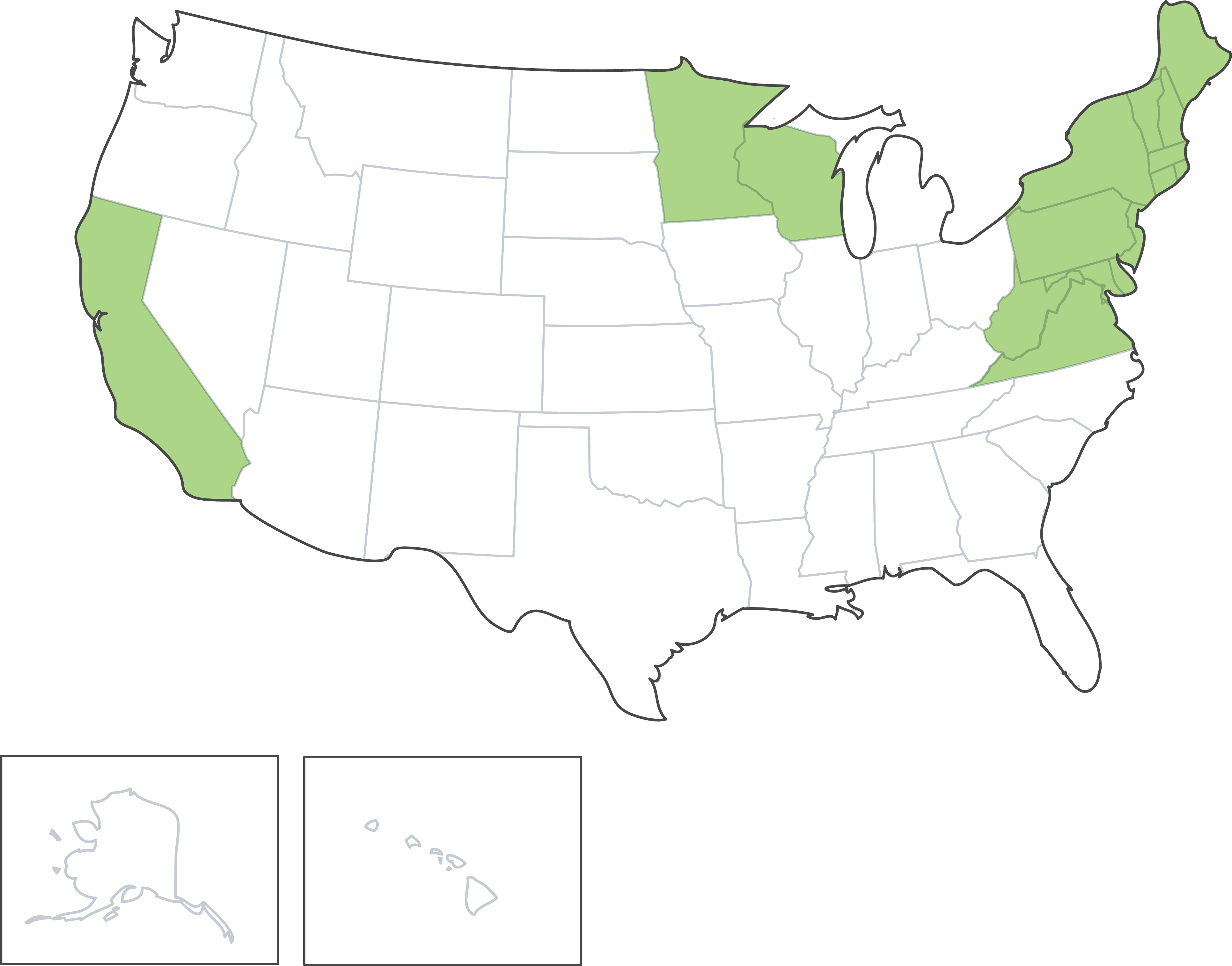
Discover 6 Proven Ways To Prevent Tick Bites
Lyme disease can occur if an infected blacklegged tick bites you and transmits a type of bacteria – called Borrelia – into your bloodstream. If it isn’t treated, Lyme disease can result in serious complications – including arthritis, mental confusion, and facial paralysis.
Fortunately, though, you can lessen the risk of Lyme disease by taking steps to prevent ticks from biting you in the first place. (You can also check for indicators of Lyme disease bacteria in your body with the Everlywell Lyme Disease Test.)
So what specific steps can you take to keep ticks – and Lyme disease – away? Here are a few.
1. Know the High-Risk Regions for Ticks that Carry Lyme Disease Bacteria
While ticks that carry Lyme disease bacteria aren’t everywhere, some regions of the United States have especially large populations of these ticks (see the map below). These regions include the Northeast and Mid-Atlantic (from northeastern Virginia to Maine), North Central states (especially Wisconsin and Minnesota), and the West Coast (particularly northern California).
 States in green have especially large populations of ticks that carry Lyme disease bacteria.
States in green have especially large populations of ticks that carry Lyme disease bacteria.
So if you live in – or will travel to – one of these regions, be sure to take extra precautions against tick bites if you’ll spend time outdoors.
Within these regions of the U.S., ticks are commonly encountered in wooded areas. However, ticks and tick nymphs – young, recently-hatched ticks which are barely visible to the naked eye – are also found in yards (especially if wooded areas are nearby). In fact, some research suggests that between 67% and 76% of tick bites occur in people’s yards – not wooded areas [1].
Thus, if you’re in a state where ticks carrying Borrelia bacteria are particularly widespread, be wary of ticks in your outdoor environment – whether you’re hiking in a forest or simply relaxing on your lawn.
2. Mow Your Lawn and Remove Leaf Litter (If You Live in a High-Risk State)
Mowing your lawn makes your yard a less welcoming environment for ticks, decreasing the risk of getting bitten [2]. And removing leaf litter in your yard is a good way to control tick nymph populations – which are likely responsible for the majority of infections caused by Lyme disease bacteria [3].
Both raking and blowing leaf litter can reduce the number of tick nymphs in your yard, though leaf blowing seems to be more effective [4].
3. Wear Protective Clothing
Planning an outdoor activity in a tick-prone area? If so, consider using your clothes to your advantage: wear long-sleeved shirts, long pants (tuck the hems into your socks or boots), and rubber boots [5]. Do that and ticks will find it very hard to get through your clothes and onto your skin.
You may also wish to wear light-colored clothes so it’s much easier to spot ticks crawling on you. (However, bear in mind that some research indicates that ticks are drawn to light-colored clothes – more so than they are to dark-colored clothes [6].)
4. Perform Tick Checks
Once you’ve returned home after spending time in a tick-filled area, check your whole body for any ticks (and treat yourself to a shower). Ticks can lodge themselves practically anywhere you have skin, but it’s especially important to check for ticks in your armpits, groin area, navel, the back of your knees, and your hairline [7].
And another tip: when you’re back indoors, immediately put the clothes you’ve been wearing in a hot dryer (for about 20 minutes). The dryer’s scorching heat will kill any ticks lurking in your clothing [8].
5. Use Tick Repellant
Arm yourself with tick repellant if you’re about to venture into a tick-heavy area. You can apply a chemical called DEET to your skin, which will ward off ticks. Another chemical, picaridin, is less oily and odorous than DEET and also repels ticks.
Some essential oil combinations – like rosemary and geraniol oil – may also help keep ticks away [9]. Using natural repellants – instead of synthetic ones – might be preferable to you if you have young children or pets. (DEET, for example, can be toxic to children [10].)
6. Regularly Check Your Pets for Ticks
If you live in a tick-prone area, give your pets regular tick checks if they spend any time outside.
This will not only help keep your pets healthy, but also lessen the likelihood of getting a tick bite yourself.
Conclusion
A single tick bite can result in Lyme disease, but you can lower the odds of that happening with the 6 tips listed above. And if you’ve recently lived in (or traveled to) a region in the U.S. where ticks commonly carry Lyme disease bacteria – and you’re experiencing symptoms like headaches, numbness in your arms and legs, and more – consider taking the Everlywell at-home Lyme Disease Test.
